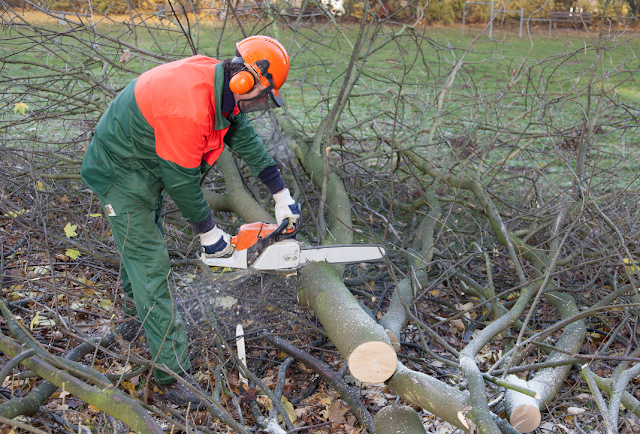The best way to cut firewood is to be patient. You should try to keep your arms relaxed while you're doing this. It would help if you didn't raise your arms above your head while cutting. It would be best if you also kept your wrists straight.
 |
| keep your hands safe while cutting firewood |
There are many types of knives that can be used to cut firewood. You can make sure that you use a sharp knife. The kind of knife you use should be the kind that is comfortable for you to use.
Make sure that you are wearing protective gloves. It would help if you didn't handle a knife without wearing protective gloves.
When you cut firewood, make sure that the wood is properly seasoned. This means that you should only use wood that was split already.
5 Ways to Keep Your Hands Safe When Cutting Firewood
You can do a few simple things to keep your hands safe when cutting firewood. Stay vigilant, wear protective gear, and make sure the wood you're using is properly seasoned. Here are some tips to help:
 |
| Ways to Keep Your Hands Safe When Cutting Firewood |
1. Wear the Right Safety Gear
The most critical step in avoiding injuries when cutting firewood is to wear the right safety gear. It includes protective eyewear, boots, gloves, and a face mask. The face mask will filter out dust and larger particles, while the gloves protect your hands from scrapes and cuts. Also, wear work clothes that you don't mind getting dirty or worse.
2. Choose Quality Tools
Make sure your saw runs smoothly and cuts where it should work with minimal effort. Use quality tools such as a saw blade sharpener and a good filing tool to keep blades from gumming during low-grade sawing activities. The higher the quality of the blade and sharpening tools you have on hand, the safer (and smoother!) your job will be.
3. Avoid Kickback
The cutting material binds, resulting in Kickback or pinches against the back of the chainsaw bar or guide bar as it enters or exits. Each cut into a log by 'kicking' up into your shoulder at an alarming rate of speed, risking injury to both arms in an uncontrollable manner if not careful.
To reduce potential Kickback, use good form when applying force to firewood. Always strive for the proper balance between power applied using wrists/arms and to keep steady control as you move through each cut line along logs efficiently.
4. Don't Overreach
When dealing with large logs while cutting down, firewood often becomes difficult to manage in tight spaces, which require additional power reaching over your limits, holding with both arms (on either side), and grasping handles firmly throughout all cutting/sawing activities.
Hence, you stay balanced as potential kick-up from logs contact below carries all errant motion forward hard (not onto your body). This same sense of control is critical to staying safe no matter how sized wood pieces are handled!
5. Take Breaks Often
It's easy to get carried away when working outdoors, but sufficient rest periods are essential for preventing fatigue-related injuries and working smarter, not harder!
In conclusion, here are final five tips to keep your hands safe when cutting firewood:
1. Wield the saw with proper technique and always wear appropriate safety gear.
2. Stay aware of your surroundings and avoid contact with the blade.
3. Keep an eye on the cut line and ensure it's straight before continuing.
4. Choose a safe, dry location to store the wood.
5. Take your time and be careful not to slip and fall.




